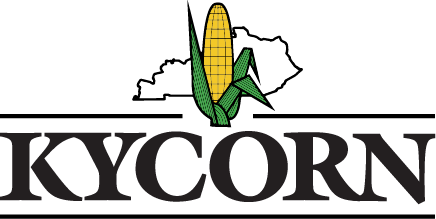Motor gasoline use is expected to decline in the future even under a baseline case, but new tailpipe emissions rules really put the pedal to the metal – rapidly accelerating that process. This would be a major shock on demand for corn used to produce ethanol spurring potentially devastating impacts on farmers and the rural economy.
The New Tailpipe Emissions Rule
The Environmental Protection Agency recently released its final rule for multi-pollutant emissions standards for model years 2027 and later light-duty and medium-duty vehicles with heavy reliance on the use of electric vehicles. The ruling dictates that sales of non-electric vehicles will drop from over 92% of new vehicle sales in 2023[i] to under 30% of new vehicle sales in 2032. In the EPA central scenario, that translates to a 6.9-billion-gallon reduction in motor gasoline use in 2032, a 5.7% decline from the baseline projection for that year. Motor gasoline use is expected to decline in the baseline, but the new tailpipe emissions rule expedites the decline as illustrated in the image below.

Analysis of Impact on Corn Use
The United States Energy Information Administration provides a baseline outlook for motor gasoline use through 2050. While the EPA rule focuses on change through 2032, it also provided a long-term analysis with targets for reductions in emissions and the associated reductions in finished motor gasoline use through 2055. Finished motor gasoline includes ethanol blends, so calculations are needed to evaluate the impact on ethanol and corn[i]. Excluding ethanol used in higher blends (E85), an average 10% blend rate in the remaining finished motor gasoline would be 13.5 billion gallons made from approximately 4.5 billion bushels of corn in 2024. The rule’s requirement that drivers migrate to electric vehicles much faster than the market-driven adoption curve reflected in the baseline results in major declines in corn demand in a short period of time. U.S. corn growers would lose more than 550 million bushels of demand from 2027 to 2032 as compared to the baseline for E10 blends. As illustrated below, the annual loss in corn demand is over 1B bushels per year by 2041. That’s a loss of nearly a quarter of the total expected corn use in E10/E15 ethanol blends for this year.

By 2041, U.S. corn farmers could realistically produce an extra 1 billion bushels of corn on the same land area as 2023 with yield driver increases in productivity. Losing greater than 1 billion bushels of corn demand annually at a time when production is increasing would be doubly detrimental to U.S. corn farmers and the rural economy.
The cumulative loss in corn demand grows to reach 18.3 billion bushels of lost corn demand by 2050. For reference, the U.S. produced a record-setting corn crop of 15.3 billion bushels in 2023. In short, the loss in corn demand through 2050 would exceed the entire U.S. corn production of a record-setting year.
The National Corn Growers Association has been advocating for movement to nationwide E15. While this wouldn’t change the tailpipe emissions ruling impact, it would provide much-needed relief to corn farmers. In fact, the move would increase corn used in E10/E15 blends by more than 2 billion bushels in 2027 and provide a long-term offset to the rule’s otherwise devastating hit to corn demand. It would also offer consumers lower fuel prices at the pump and provide a lower emissions product that can protect the environment during the vehicle transition.

Summary
As motor gasoline use declines, so does demand for ethanol and for the corn used to produce it – causing potentially devastating impacts on farmers and the rural economy. The new EPA tailpipe standard overlooks the readily available solutions that biofuels like ethanol offer. This accentuates the need for higher ethanol blends that allow for decarbonizing the internal combustion engines on the road today with infrastructure already in place.
[i] Data Note: The motor gasoline reductions in the final rule were used for years specified. The relative trend in the EPA Regulatory Impact Analysis is used to estimate years not specified. The annual reductions in total motor gasoline were applied to finished motor gasoline in the EIA long-term baseline. Then annual E85 use was removed and remaining finished motor gasoline is assumed at an average of 10% ethanol in the blend. An example with an average 15% ethanol blend on the remining finished motor gasoline is also included.
[i] https://mediaroom.kbb.com/2024-01-16-Americans-Buy-Nearly-1-2-Million-Electric-Vehicles-to-Hit-Record-in-2023,-According-to-Latest-Kelley-Blue-Book-Data

